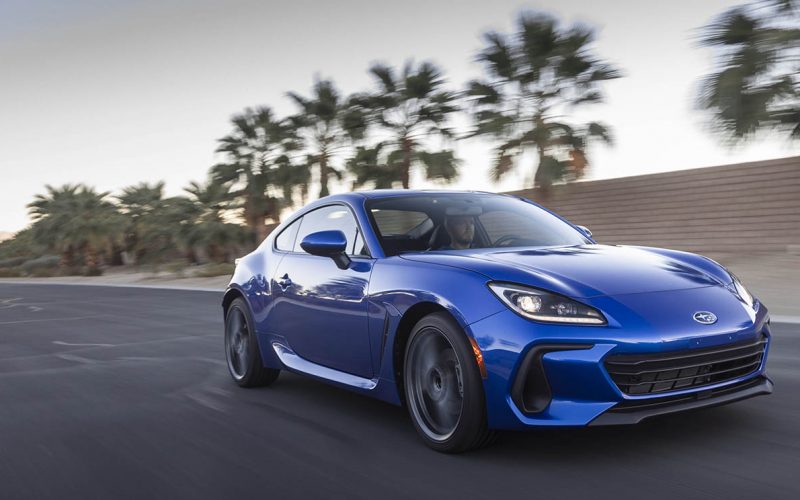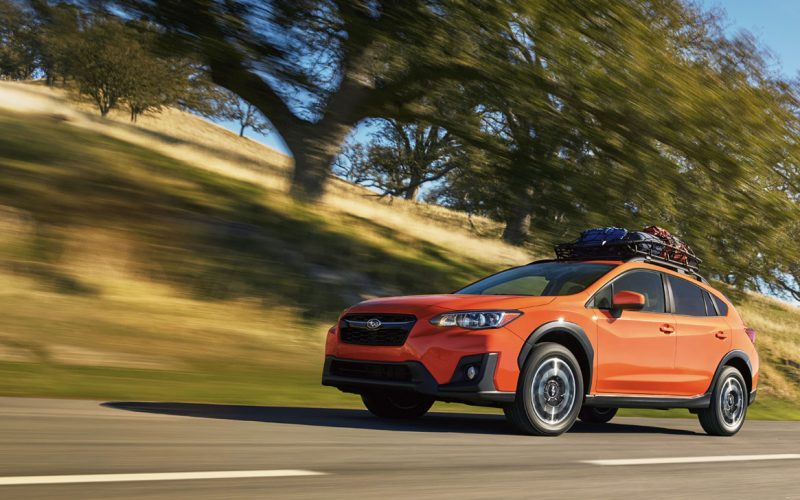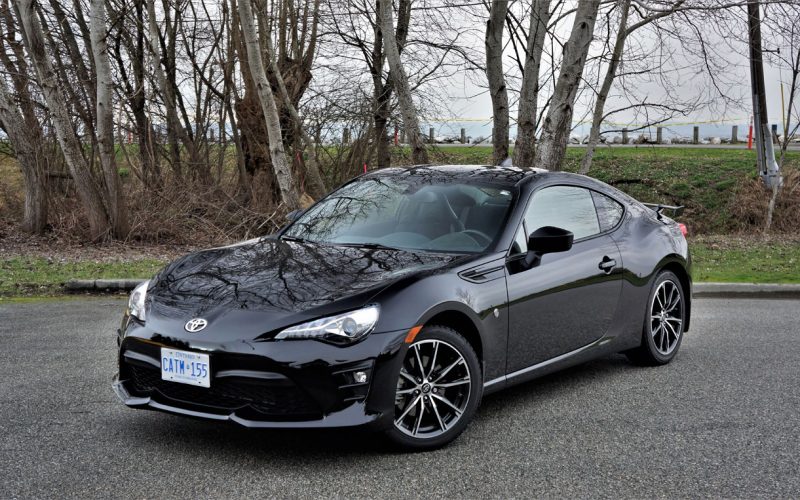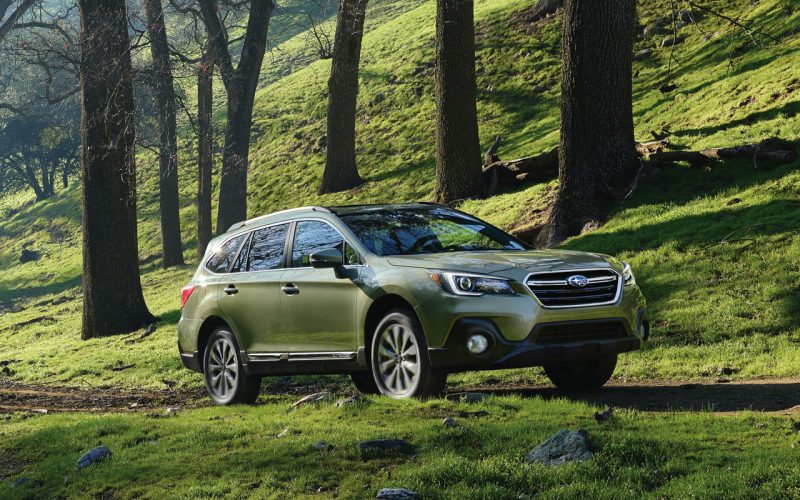
Reading Time: 8 minutesWell executed, affordable sports cars are few and far between these days, with Subaru’s BRZ being

Reading Time: 6 minutesCan you just imagine future Subaru Outback ads? Subaru versus the mountain goat, only once the

Reading Time: 3 minutesToyota’s 86 hasn’t changed much since being refreshed for 2017 as part of its Scion FR-S

Reading Time: 3 minutesSubaru Canada, Inc. (SCI) capped off calendar year 2017 with its best December on record, helping
© 2025 The Car Magazine. All Rights Reserved, Privacy Policy | Terms of Use